The Volkswagen Golf turns 50 years old today, the Mk1 having entered production on 29 March 1974.
Since then, the company has made more than 37 million examples of the Golf, which means it's the third best-selling car of all time.
It has existed in a multitude of different forms, ranging from the original hatchback to a drop-top and the Jetta saloon variant.
The first-generation Golf, designed by Giorgetto Giugiaro, landed in the UK in October 1974. It was met with critical acclaim, with Autocar’s January 1975 road test stating that “there is no comparison between the Golf and the Beetle”.
We went on: “The Golf is quicker, roomier, more stable, better-handling and more economical.” It wasn’t perfect, though. Testers noted that it had a questionable driving position, poor brake feel under high loads and a harsh ride.

Nonetheless, our summary was positive: “The Golf is certainly a very strong contender in its class: it would be more so at a more modest price, but even so Volkswagen (GB) are clearly right in anticipating that it will increase their market share in 1975 and become their biggest seller.”
And so it proved, as it took only two and a half years for VW to produce its millionth Golf, hitting the milestone in October 1976.
That same year, the now-revered GTI joined the line-up. Its 1.6-litre powerplant swapped carburation for mechanical fuel injection, bumping power to 108bhp. Chassis changes included the fitment of stiff anti-roll bars, Bilstein dampers and a 20mm drop in ride height. Wheel-arch extensions, a red stripe around the grille and – initially, at least – a choice of either red or metallic silver paint completed the package.


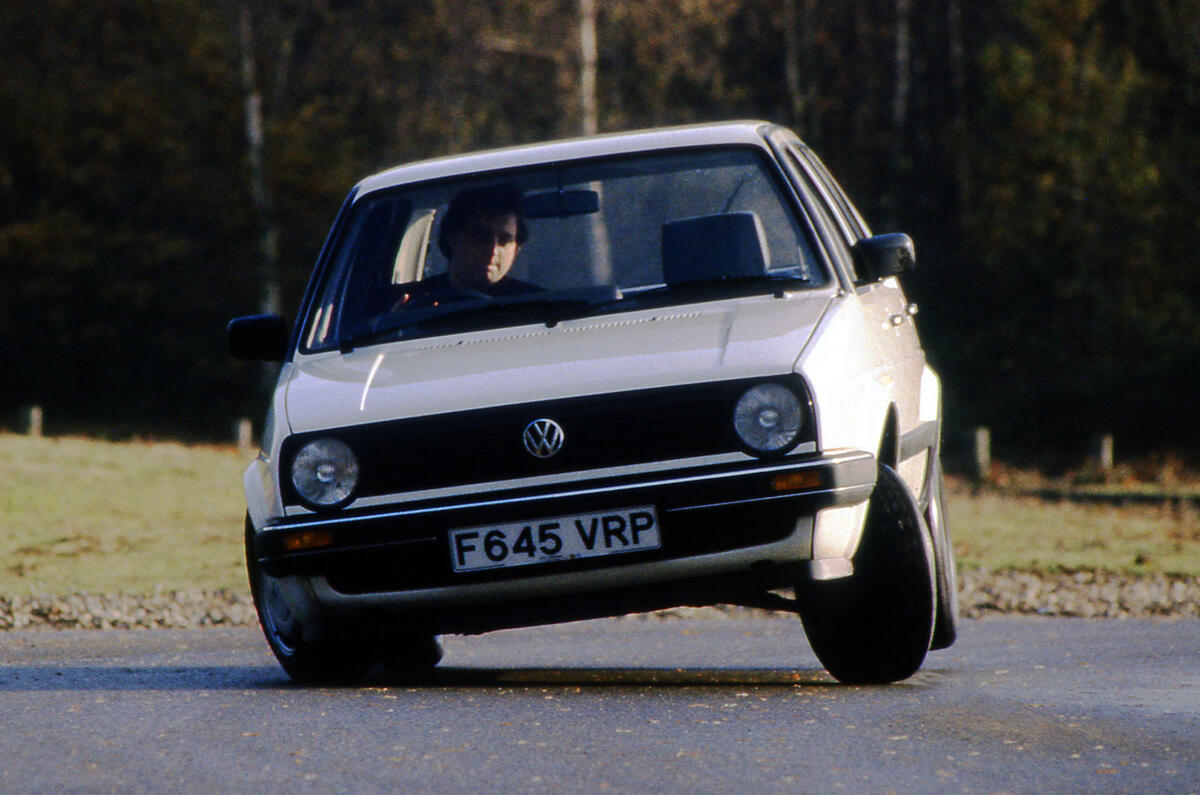
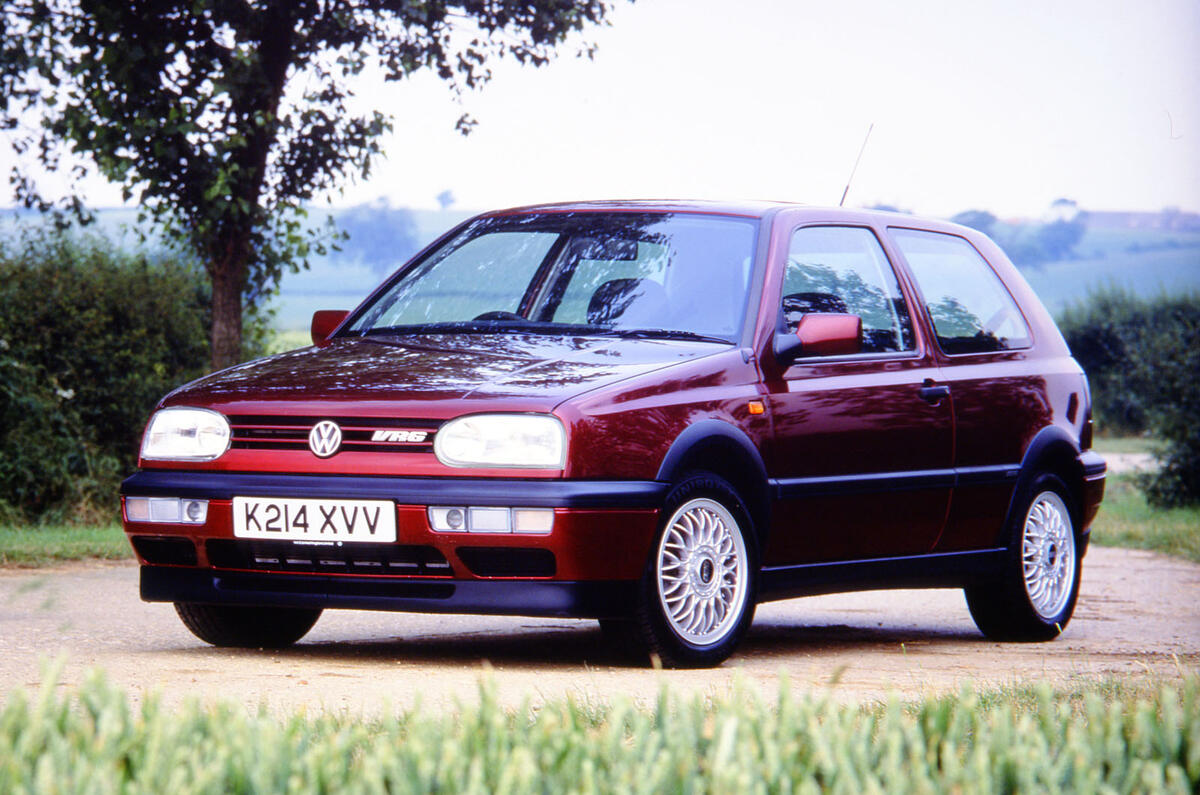
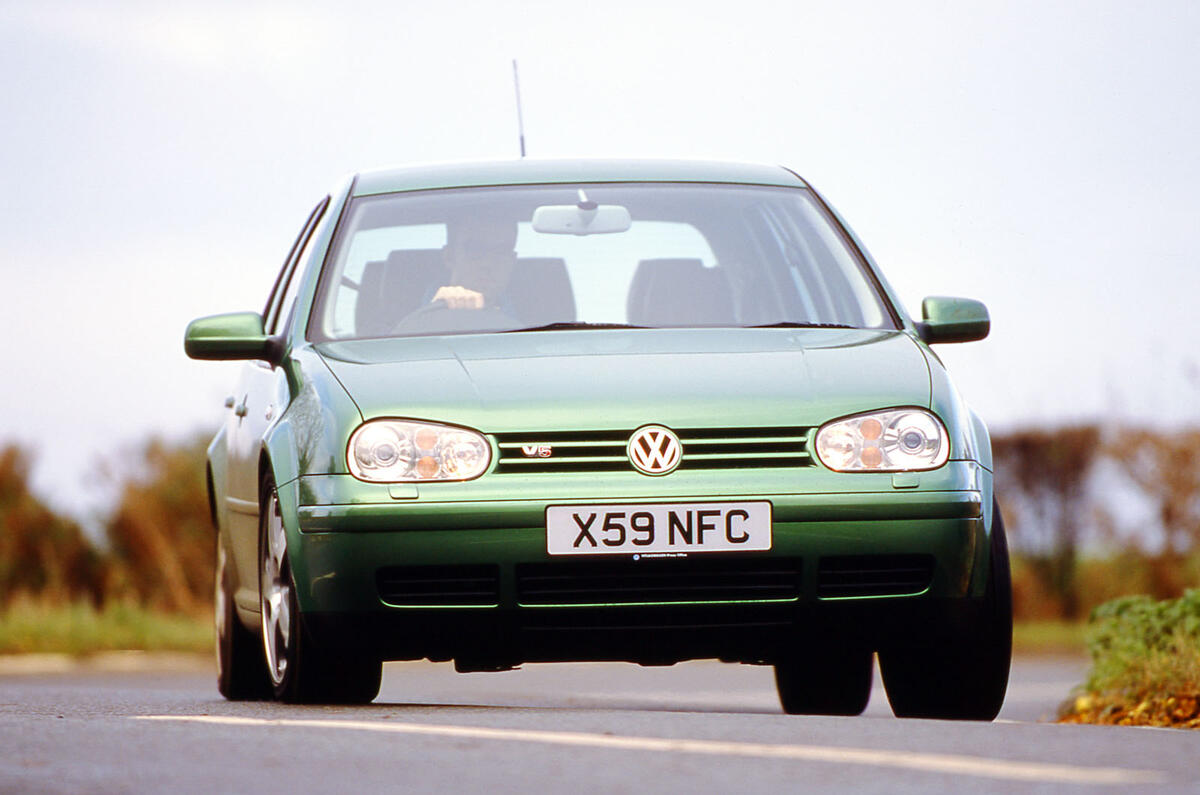
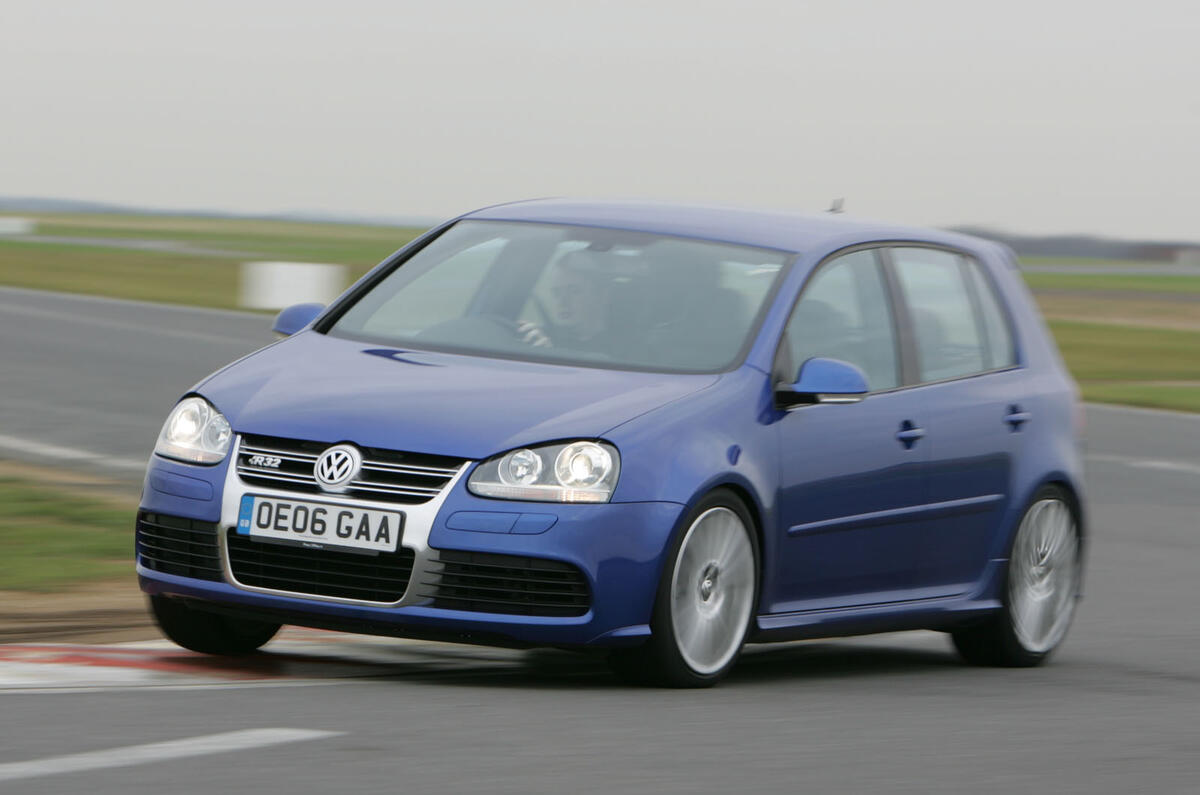
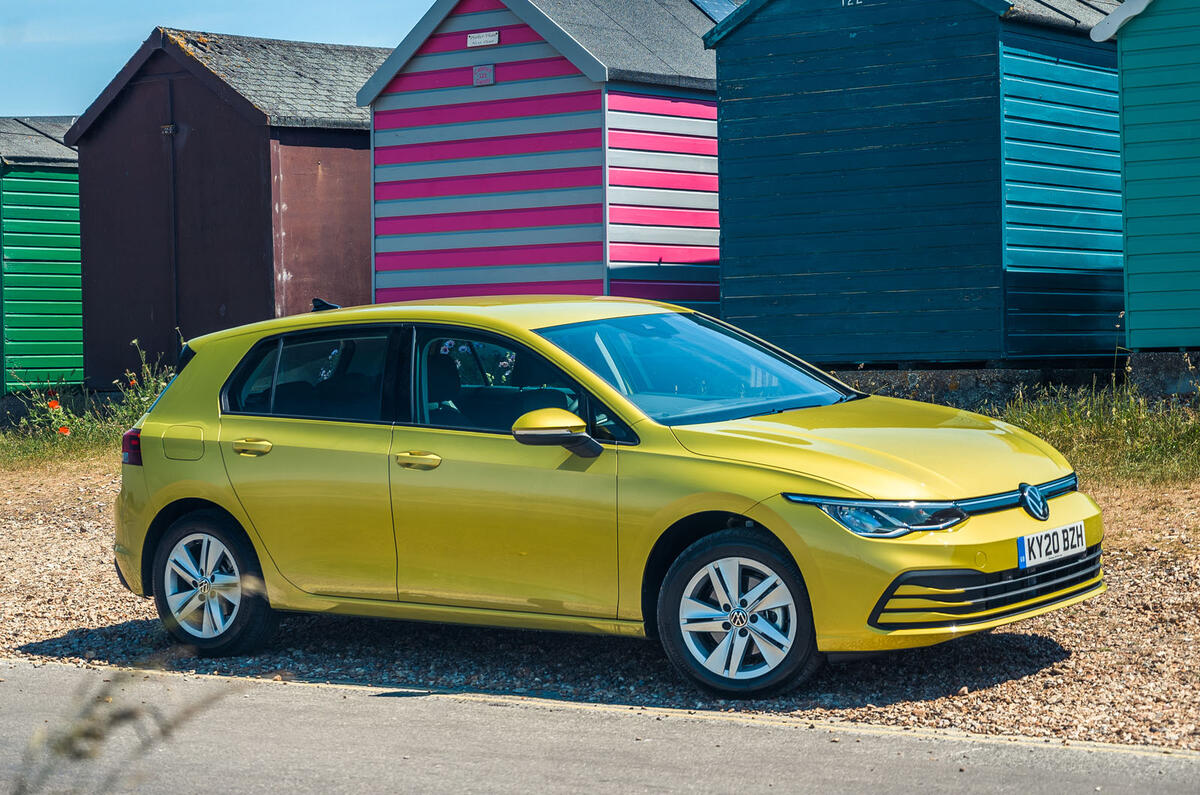
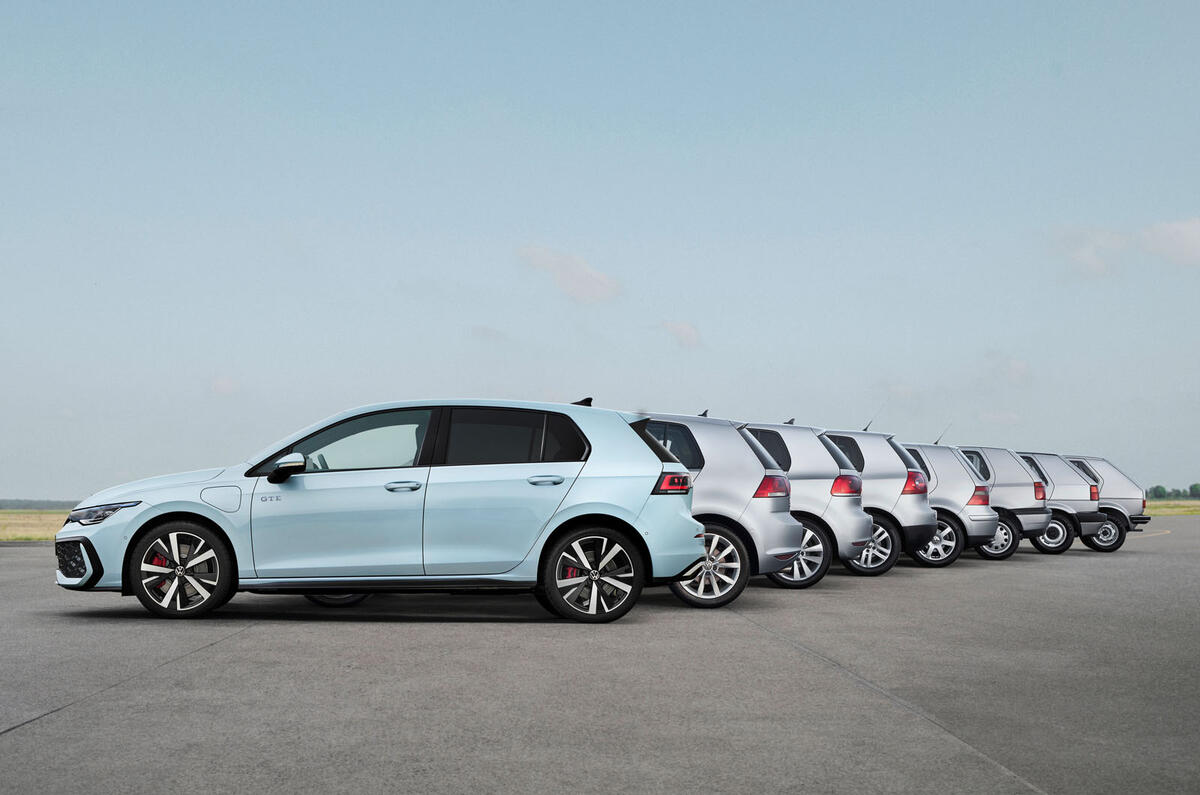
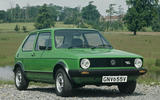
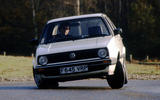
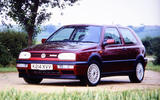
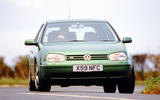
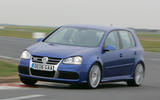
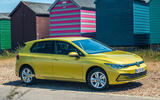
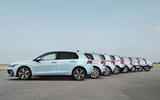










Join the debate
Add your comment
Poor VW. I bet they're wishing they'd been able to continue the Mk 7.5 for a few more years to coincide with this celebration.
Golf was a car I always wanted but could never justify the premium it commanded. Not only were the Mk1 and Mk2 priced higher than rivals, they were also less well equipped. I remember when a radio was on the options list ! it wasn't until 2007 I bought my first Golf, a MK5. It was a brilliant car tho suffered from build quality issues - rattles etc, which I didn't expect from a VW. Overall it was still one of the best cars I've owned. The Mk6 improved that but always felt it was a tad characterless. Found nothing to complain about it tho. I agree with the text, the Mk7 combined everything and IMO was the best Golf of all. That was our last Golf, the Mk8 was just pig ugly and marked a downshift in VW preceived quality. Talk about killing the goose that laid the golden egg.
The Toyota Corrola was tge Workds best selling car for a while but that does not mean its any good. It was an appliance on wheels, a dull box a bit like the Golf then. The current Corrola however is an excellent car with style unlike VW and any of there dull Golf's which has to be one of the most boring ordinary cars ever made. Another appliance on wheels that has been very popular recently is the Tesla Model Y yes Y for Yuck so at least they got the Y bit right.
So yes just because a car is popular does not mean it is any good.
What utter anti VW rubbish, since when was an Golf V5 or V6 boring and ordinary.
Still, the "dub" scene has got be an enviable image from other manufacturers perspective.
The one thing you can't really criticise VW for over the years is the ability of its marketing department. Its very adept. Take the Transporter, for example; So many people seem in awe of it, but to be honest, since it went front engined it lost its unique appeal and became just another (expensive) van.